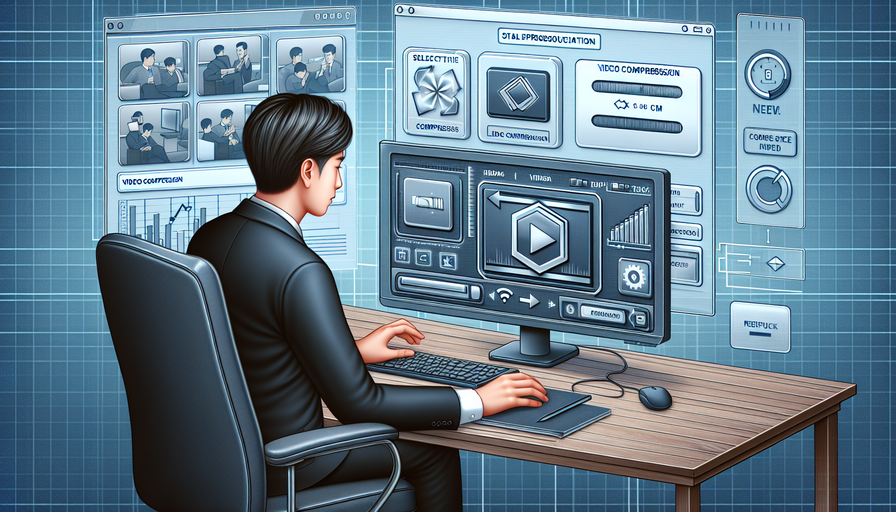In the world of computers, the Basic Input/Output System (BIOS) plays a crucial role in ensuring that your hardware and software function optimally. Whether you’re looking to make changes to your system settings or troubleshoot issues, accessing the BIOS is often the first step. In this guide, we’ll walk you through the process of entering the BIOS on various devices.
1. Desktop Computers
1. Reboot your computer: If your computer is already on, restart it.
2. Watch for the prompt: While the computer is starting up, pay attention to the screen for a message that says something like “Press Del to enter setup” or “Press F2 for BIOS”.
3. Press the designated key: Once you see the prompt, quickly press the key indicated (common keys include Del, F2, F10, Esc, or F12) to enter the BIOS.
4. Navigate within BIOS: Once you’re in the BIOS menu, use your keyboard’s arrow keys to navigate through different settings and options.
2. Laptops
1. Power off your laptop: Make sure your laptop is completely turned off before proceeding.
2. Press power button and hold key: Turn on your laptop and immediately start pressing and holding down a specific key (common keys are Esc, F1, F2, F10, or Del) until you see the BIOS screen.
3. Accessing UEFI firmware settings: Some modern laptops may have UEFI firmware instead of traditional BIOS. To access this on Windows 10/8/7 – go to Settings > Update & Security > Recovery > Advanced startup > Restart now > Troubleshoot > Advanced options > UEFI Firmware Settings.
3. Mac
1. Shut down your Mac
2. Turn on your Mac, then immediately press and hold Command (⌘) + R until you see an Apple logo or another image
3. You’ll see a bar loading what’s called macOS Recovery
4. Release Command + R when you see these utilities
4: Troubleshooting Tips
– If you miss the initial window to enter BIOS, simply restart your computer and try again.
– Be cautious while making changes in BIOS as incorrect settings can potentially harm your system.
– If you’re unsure about any changes in BIOS settings consult with experts before making modifications.
By following these steps tailored to specific devices – desktops computers/laptops/Mac – entering into Bios will be hassle-free; empowering users with control over their system configurations essential for enhancing performance and resolving technical glitches effectively.
Remember that accessing BIOS may vary slightly depending on manufacturer specifications; so always refer to user manuals if needed for precise instructions tailored to your device.


